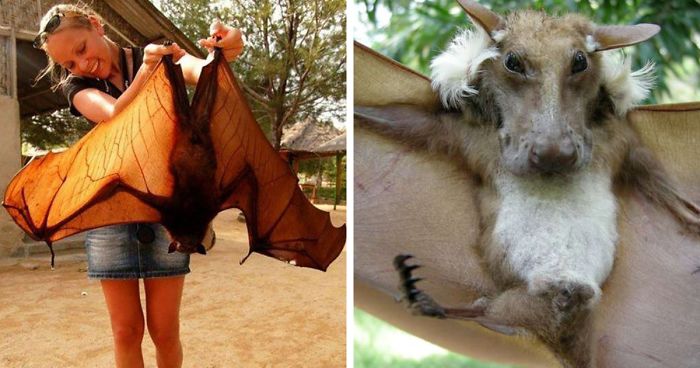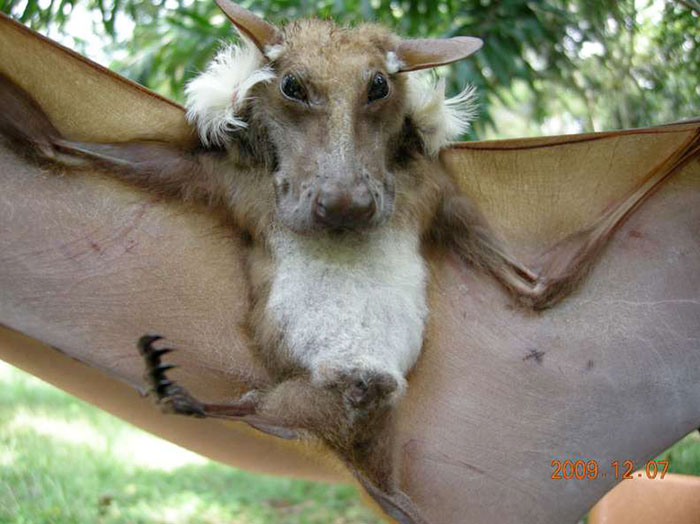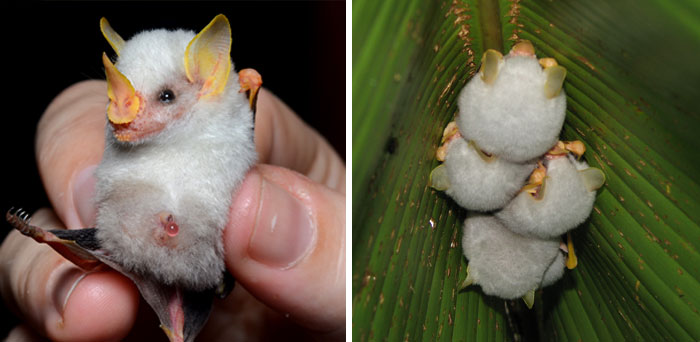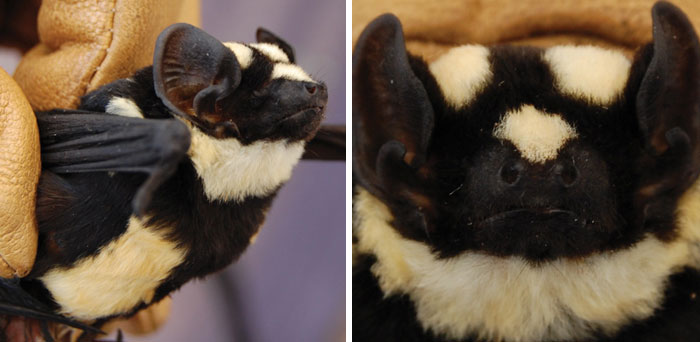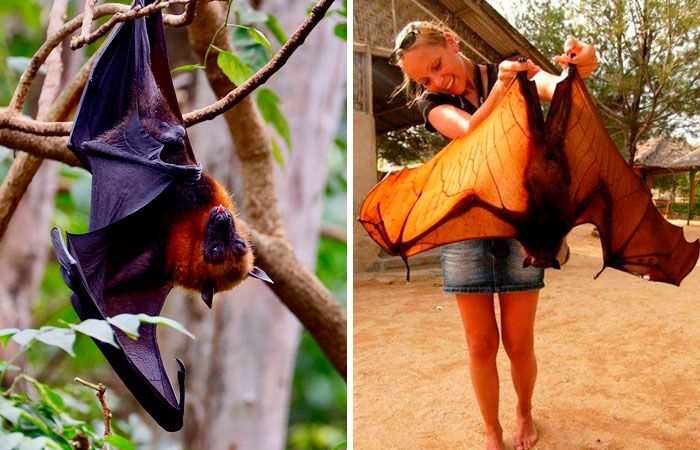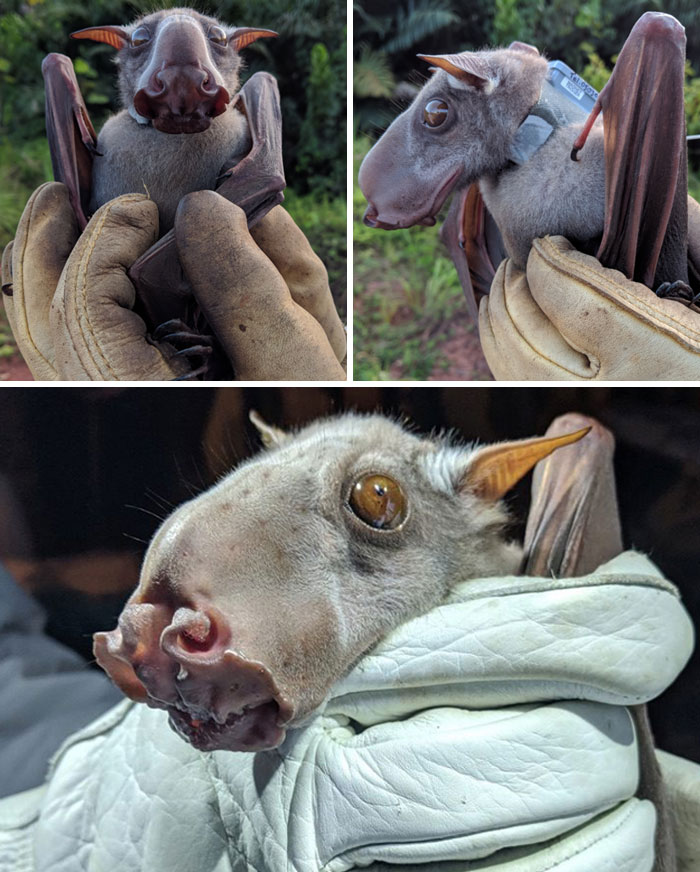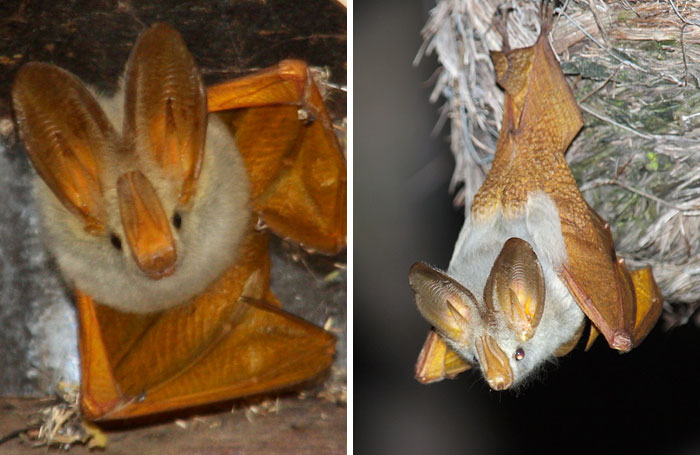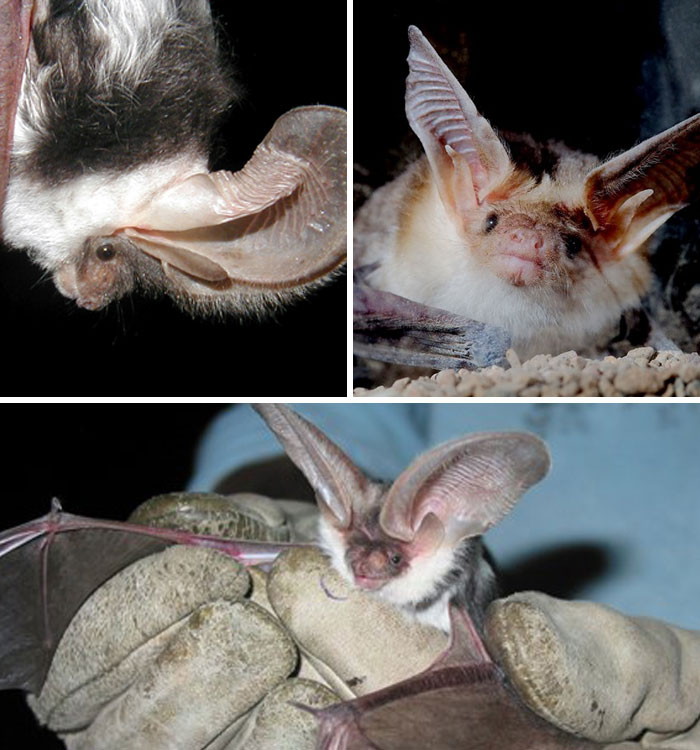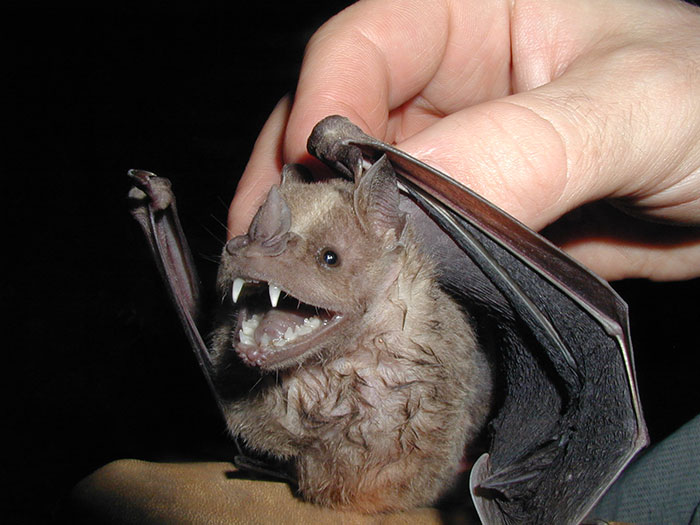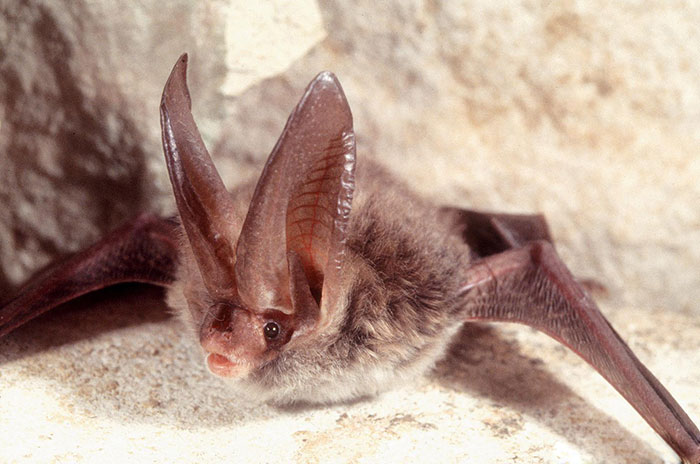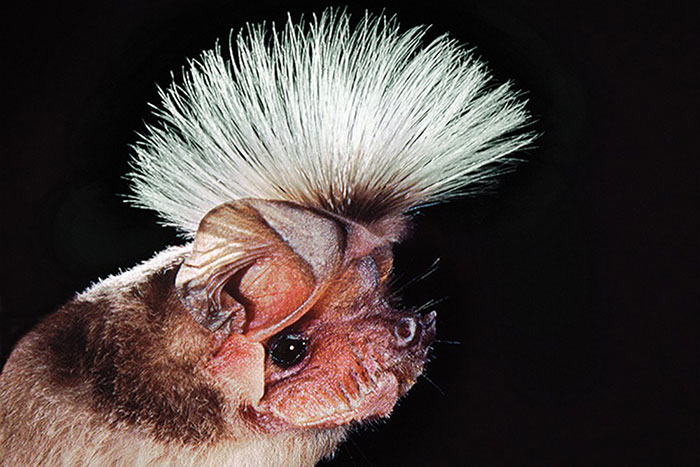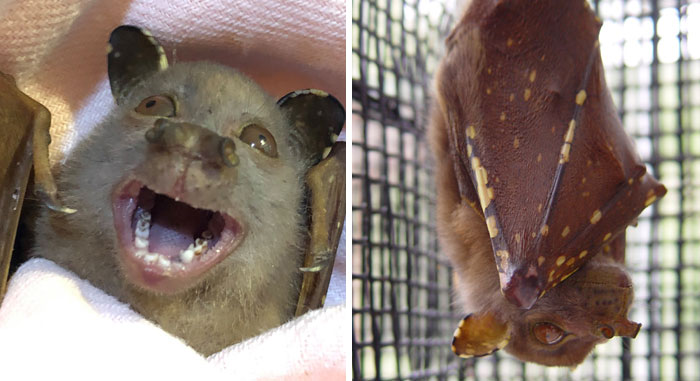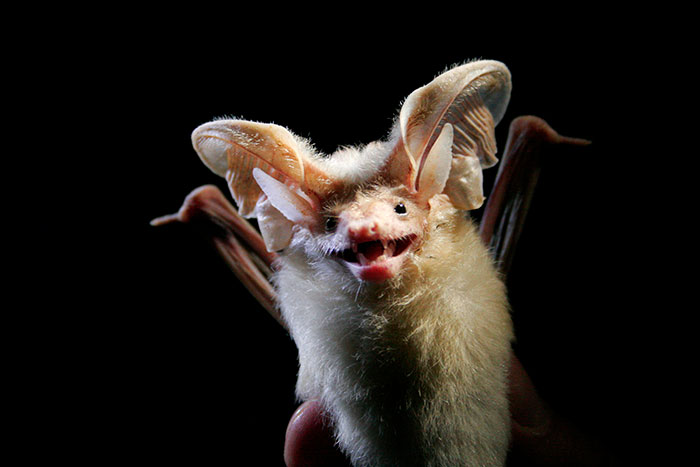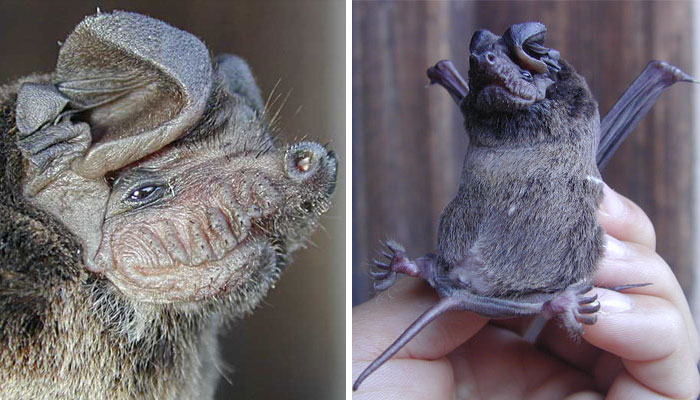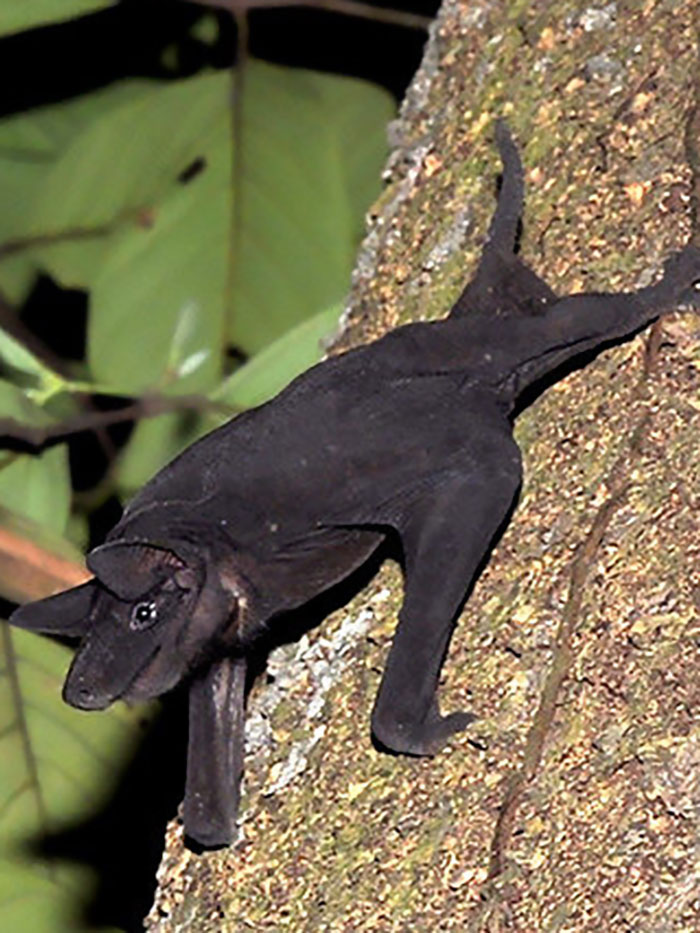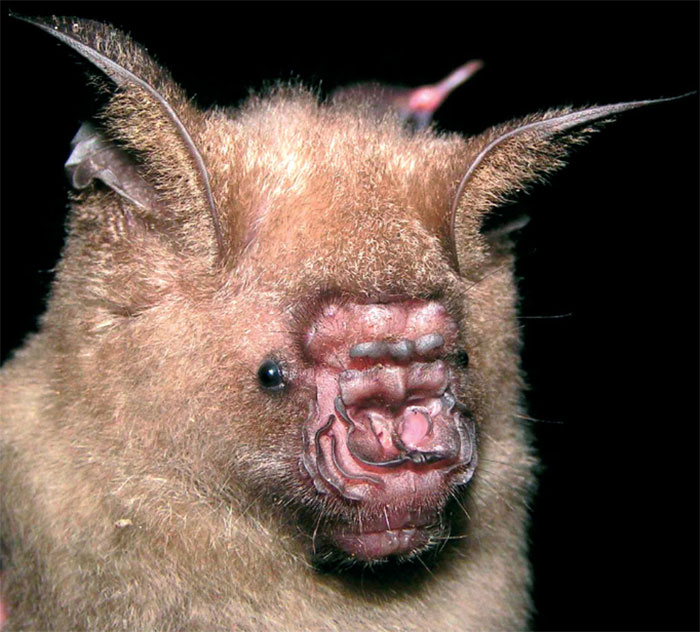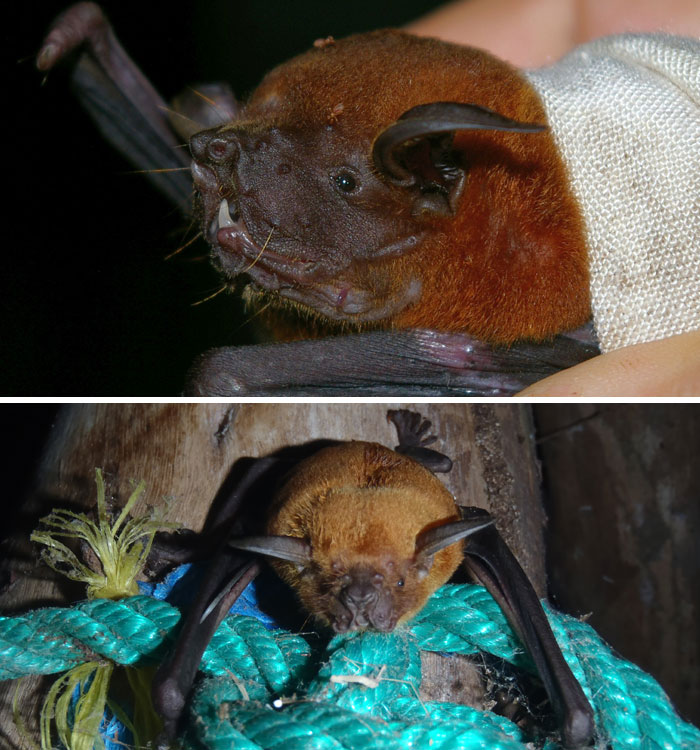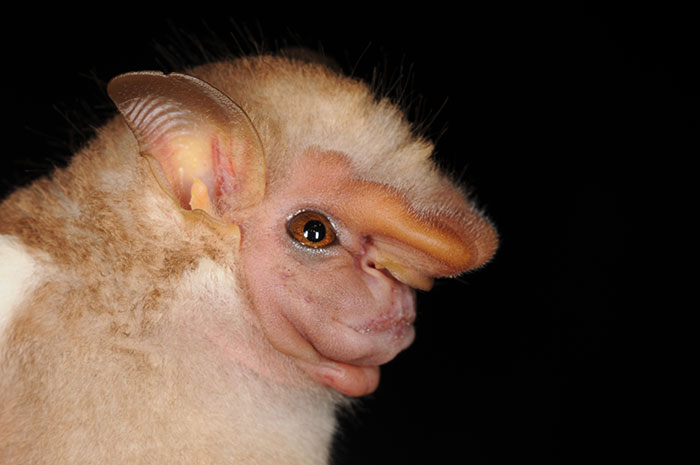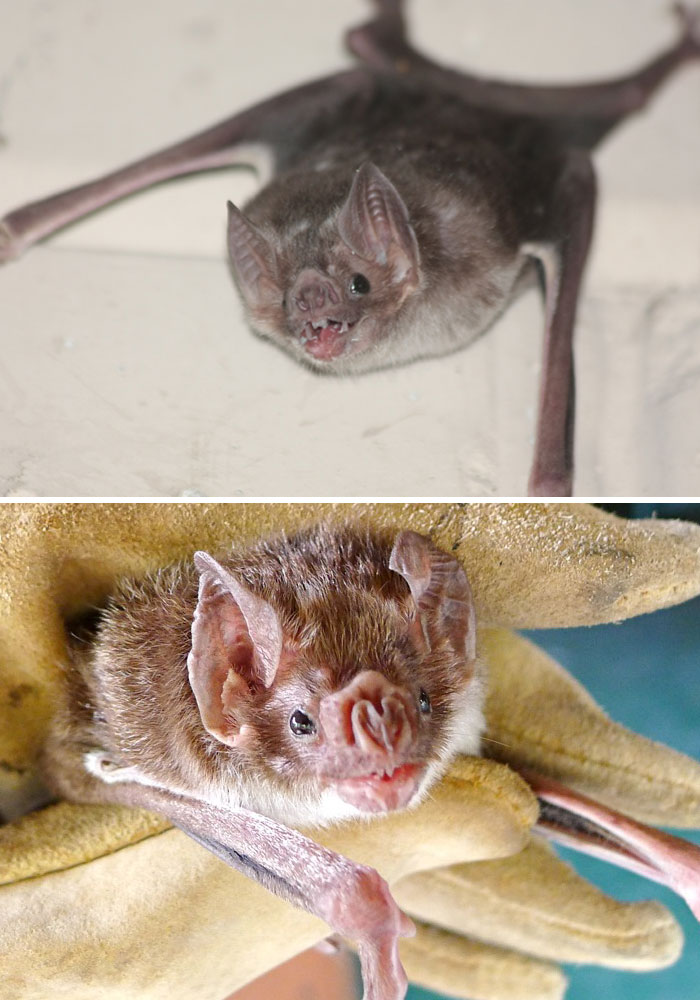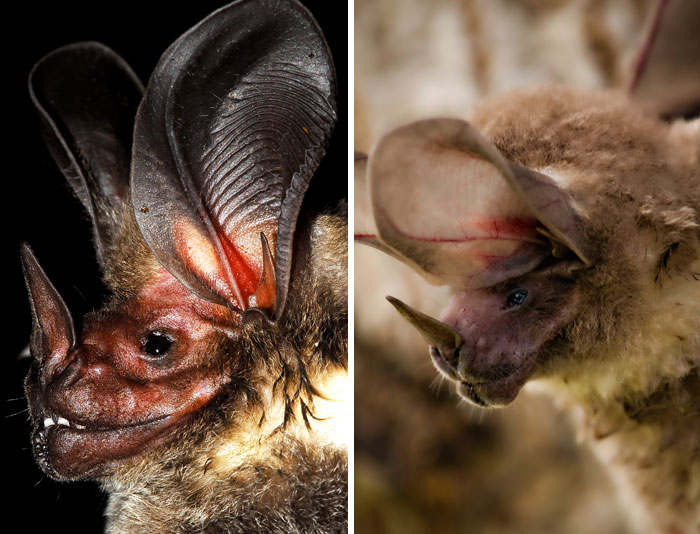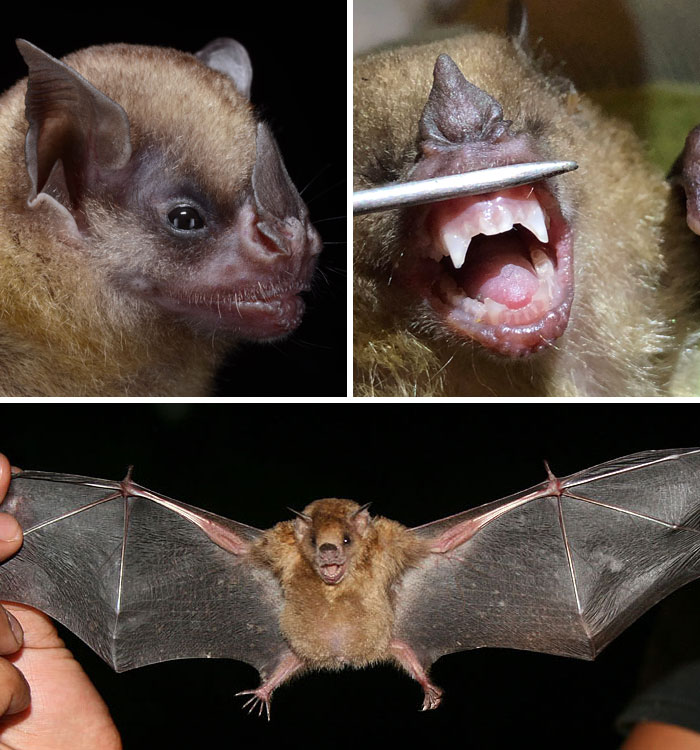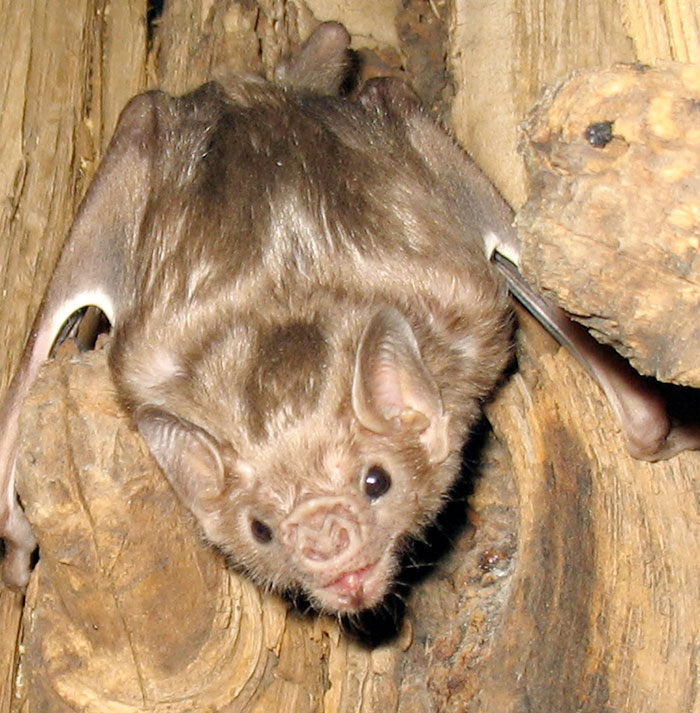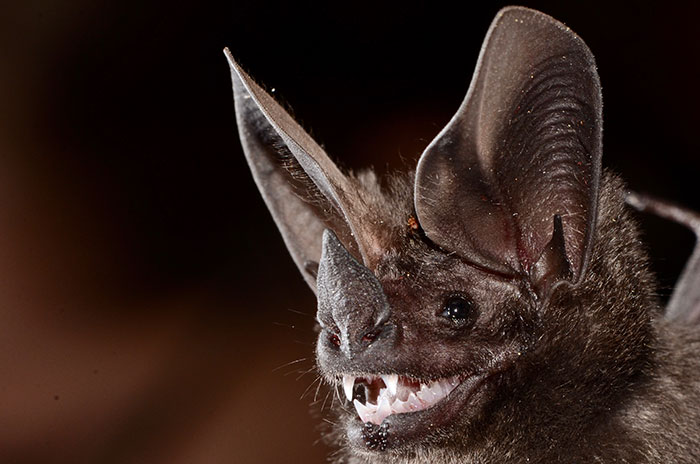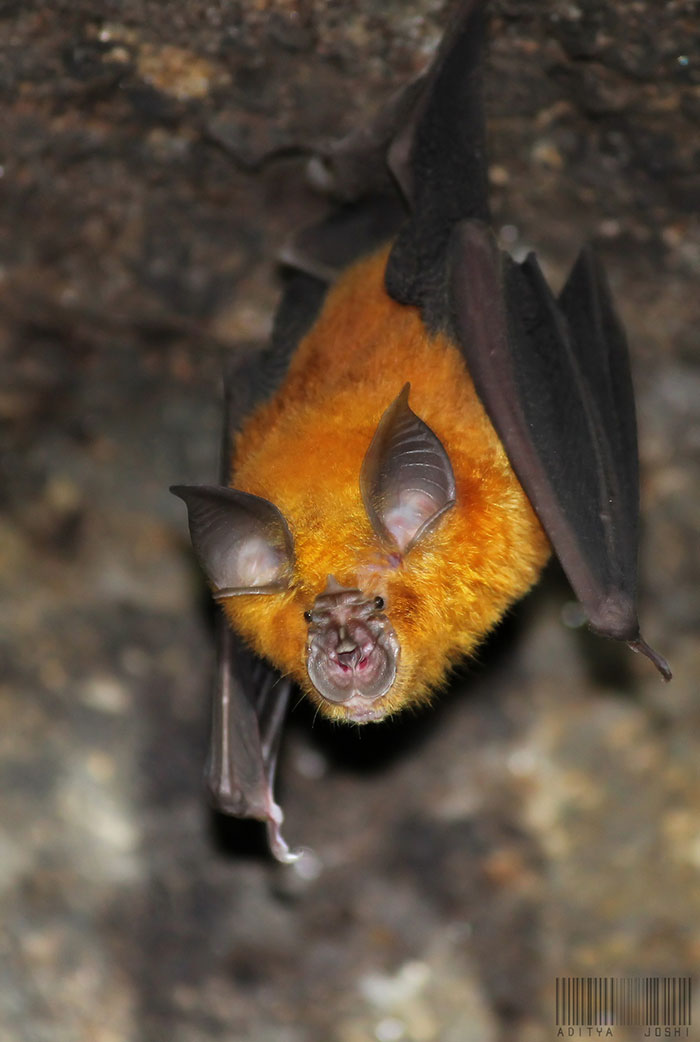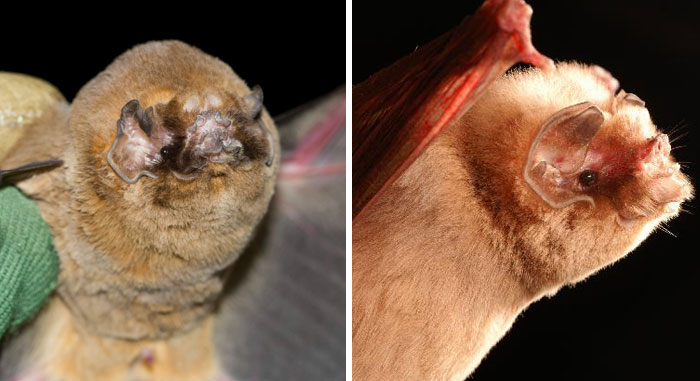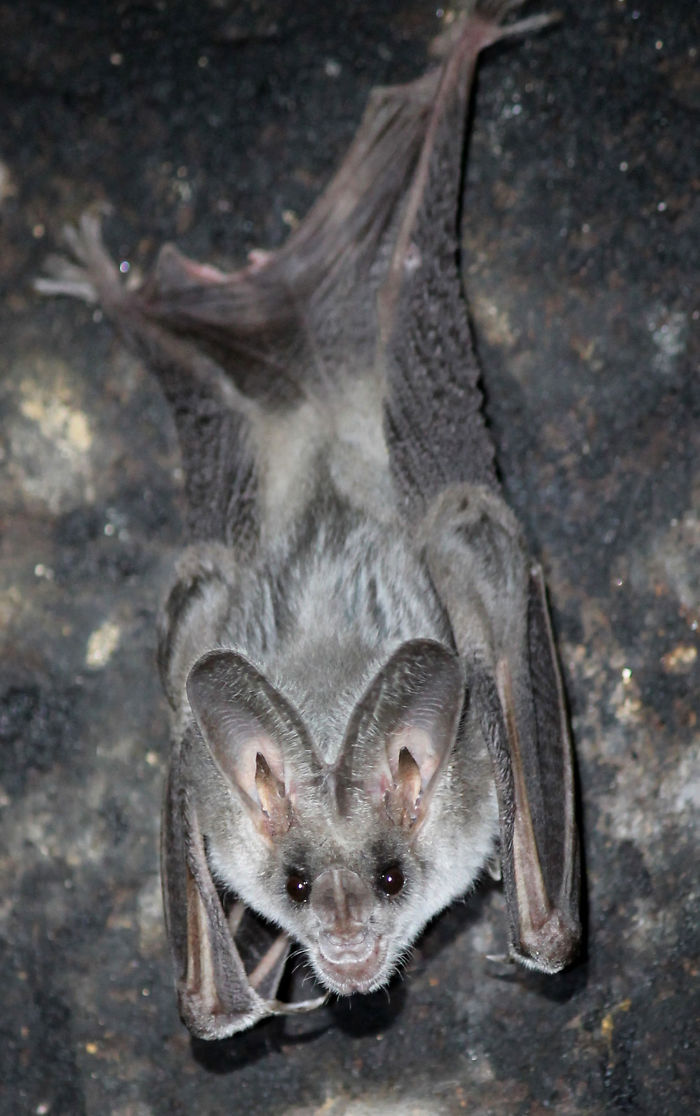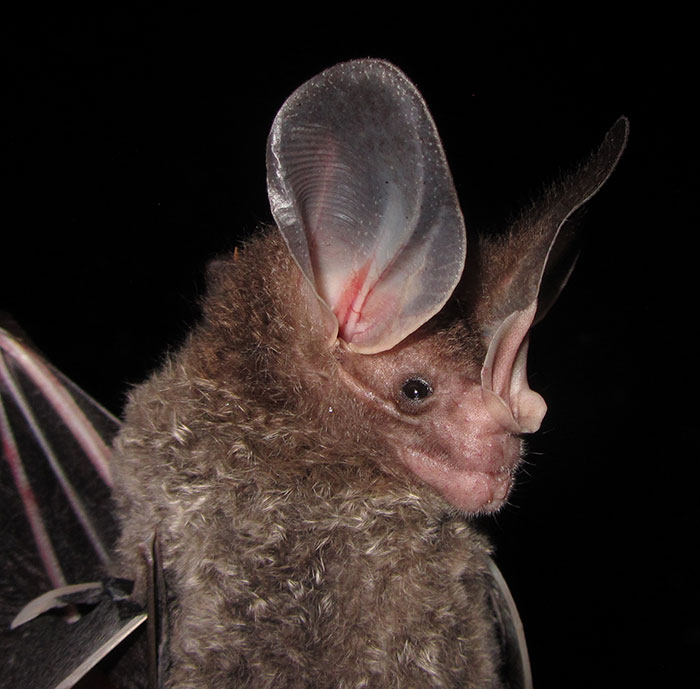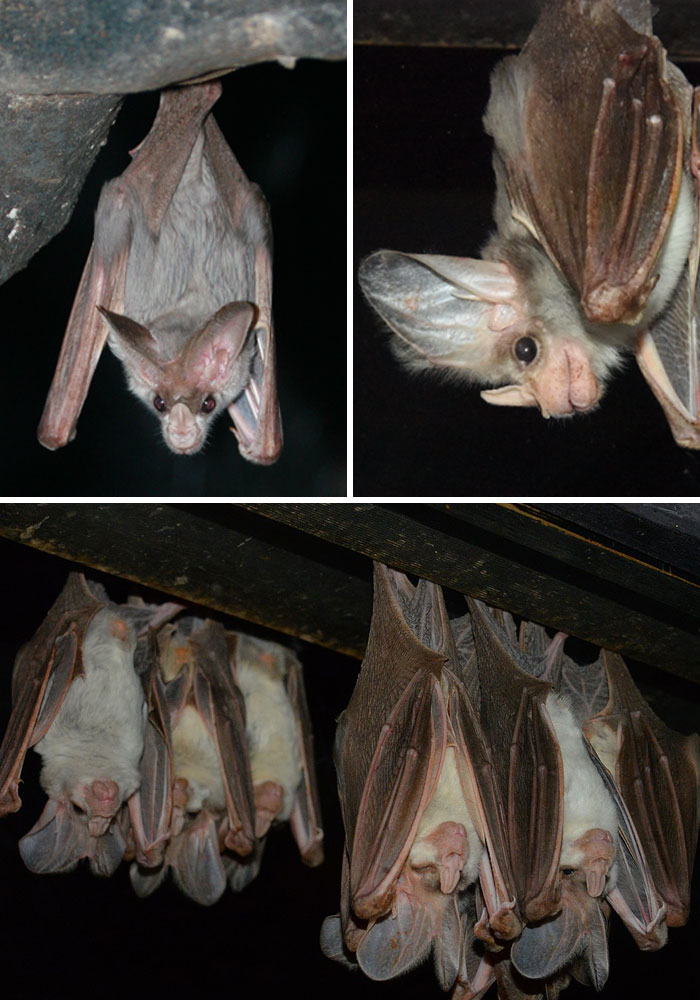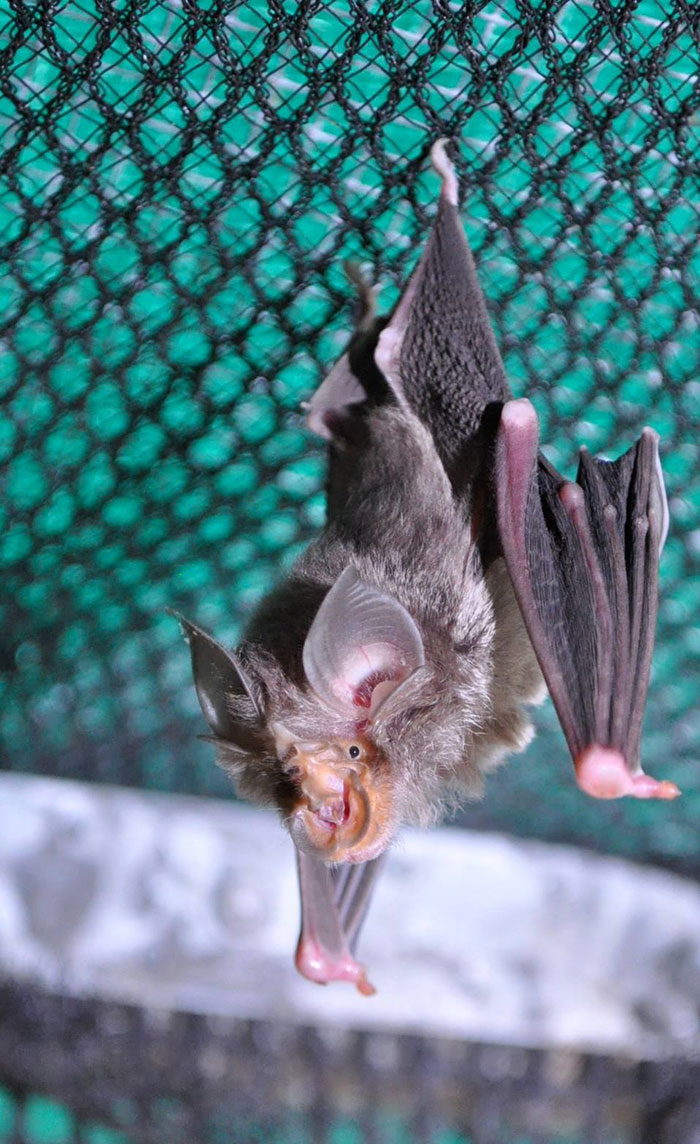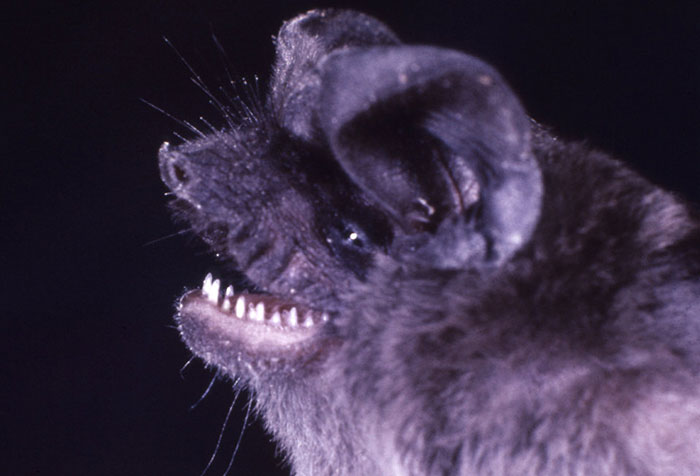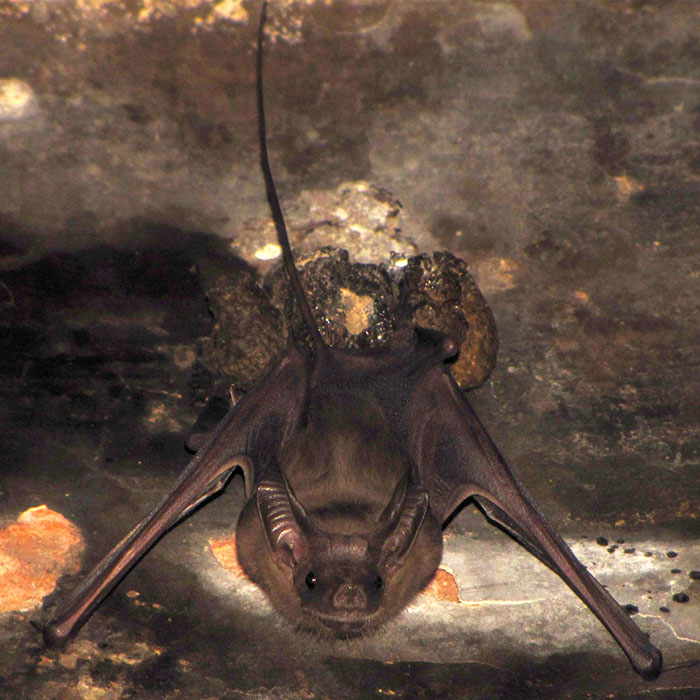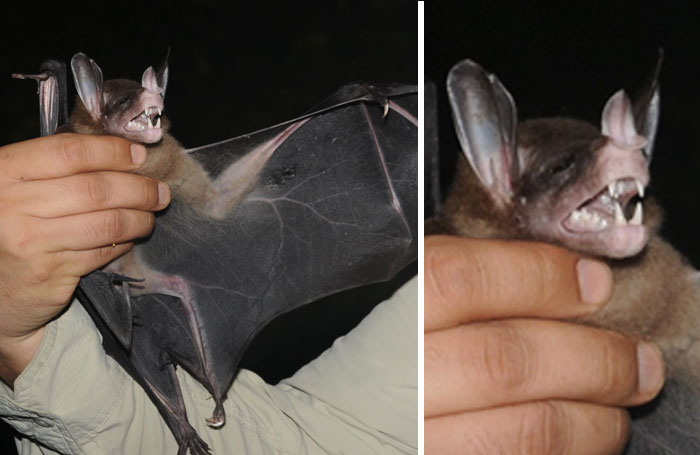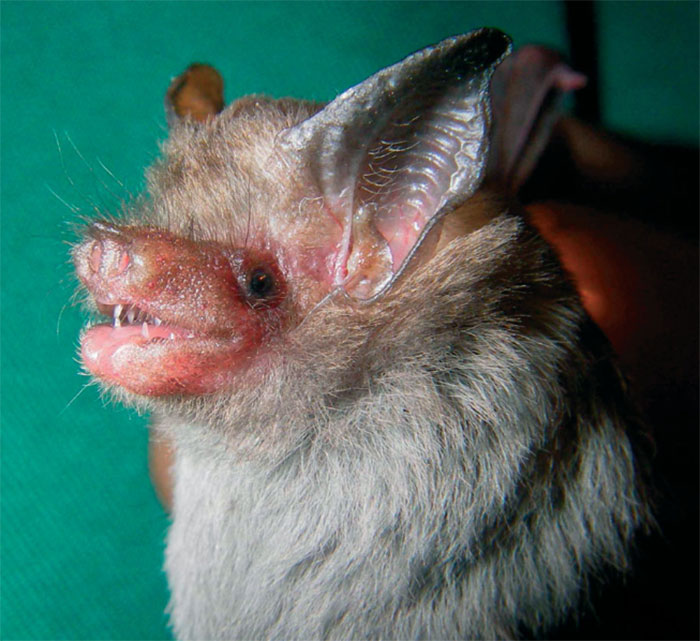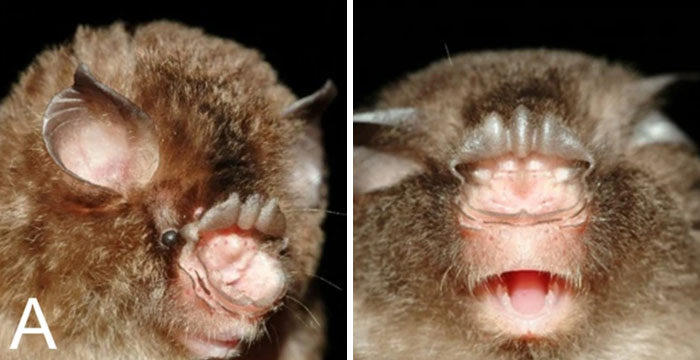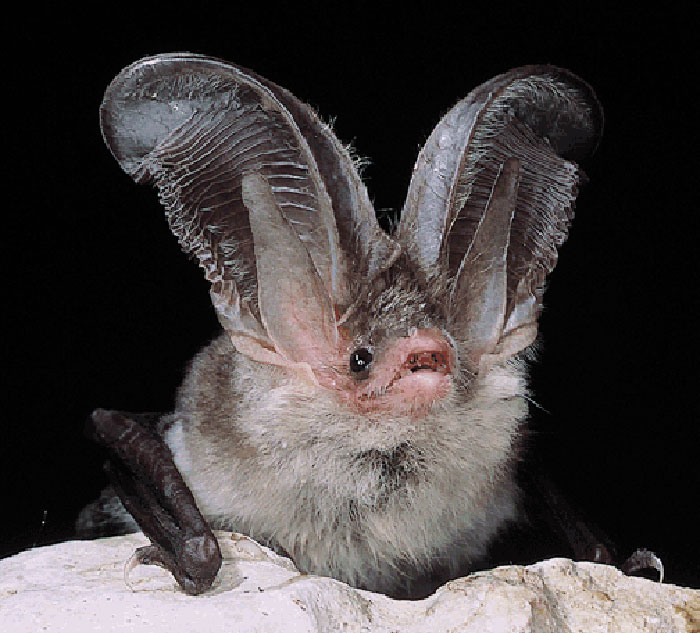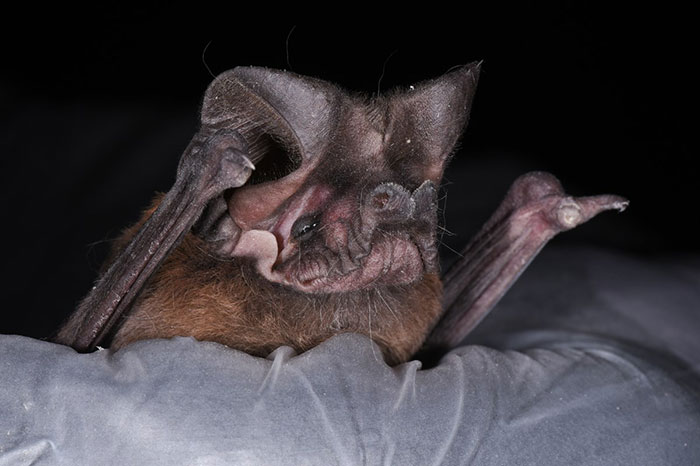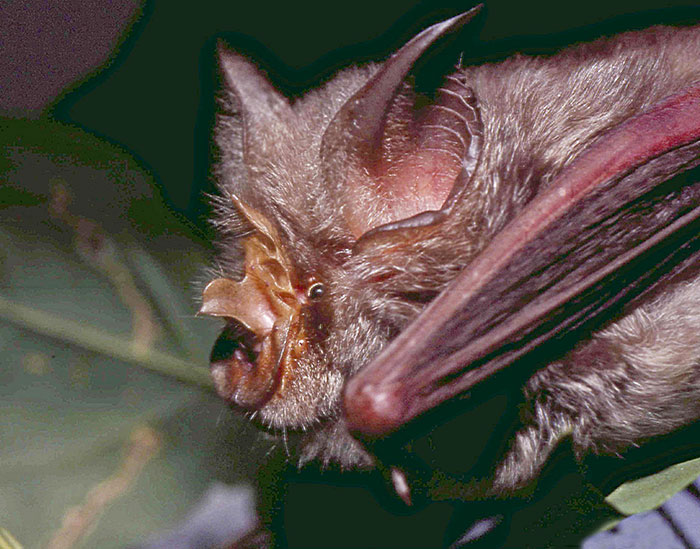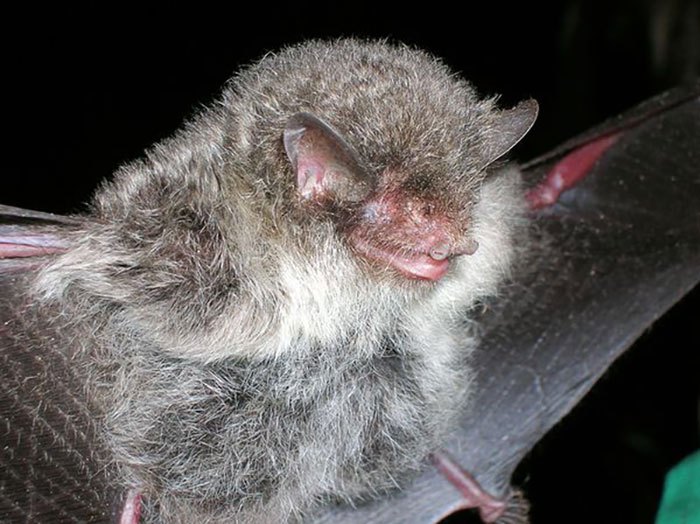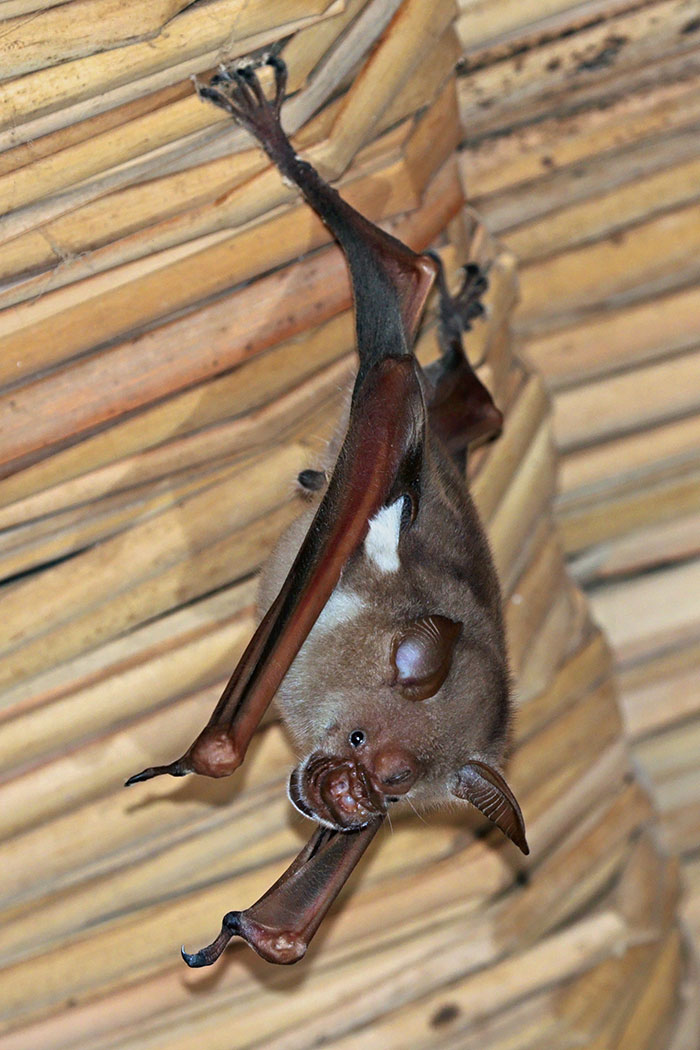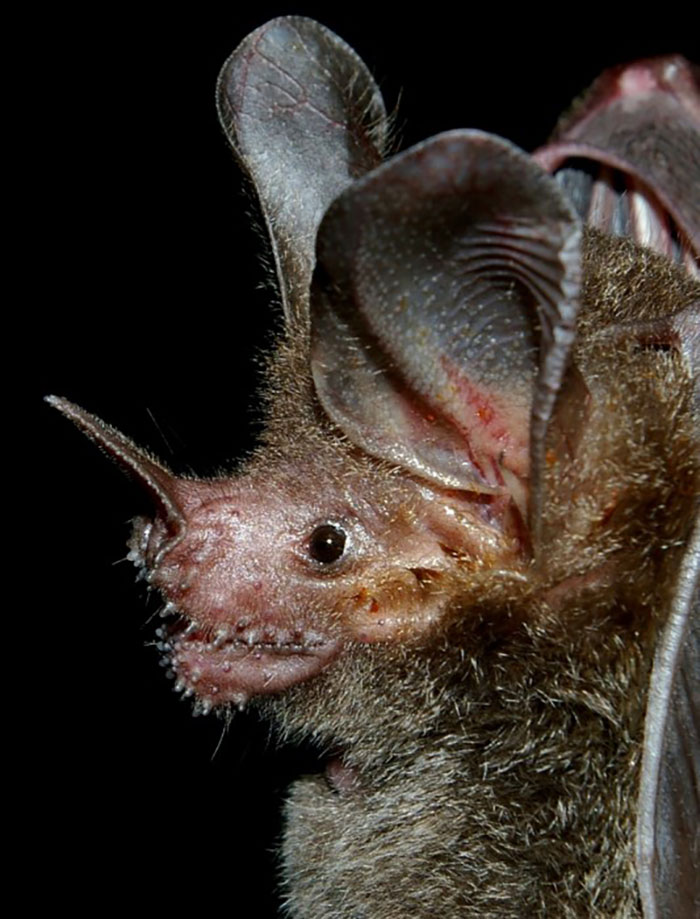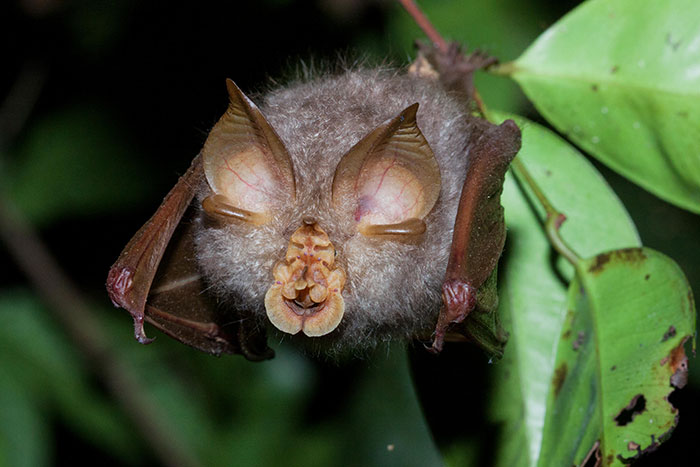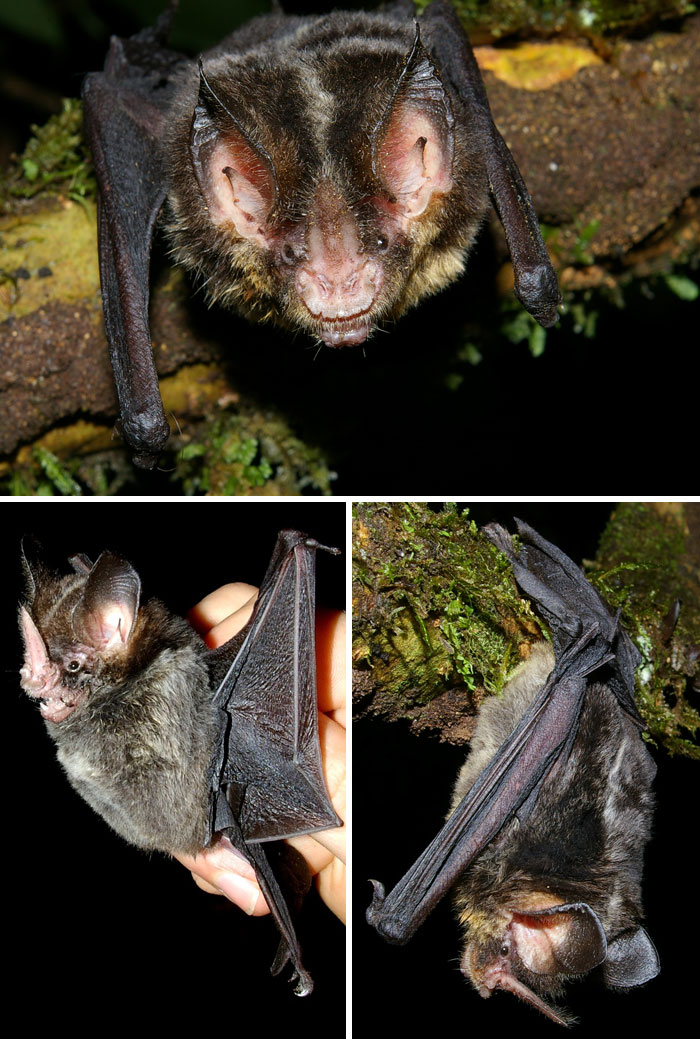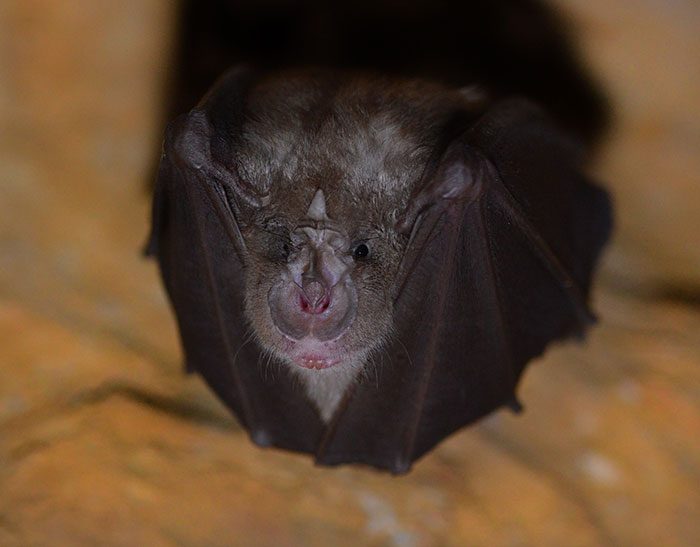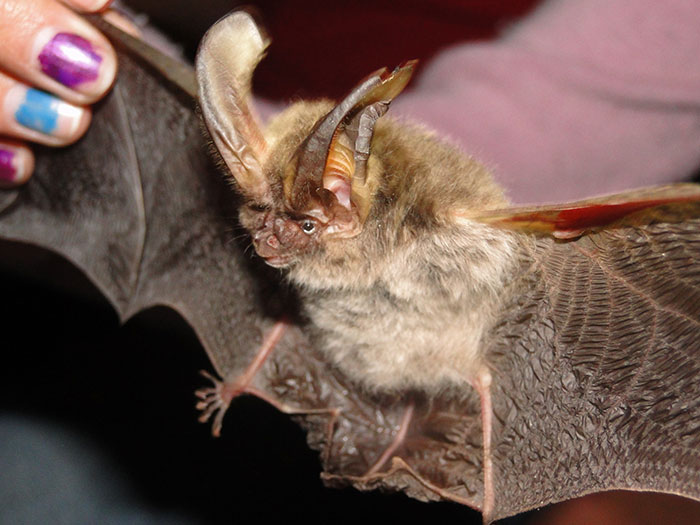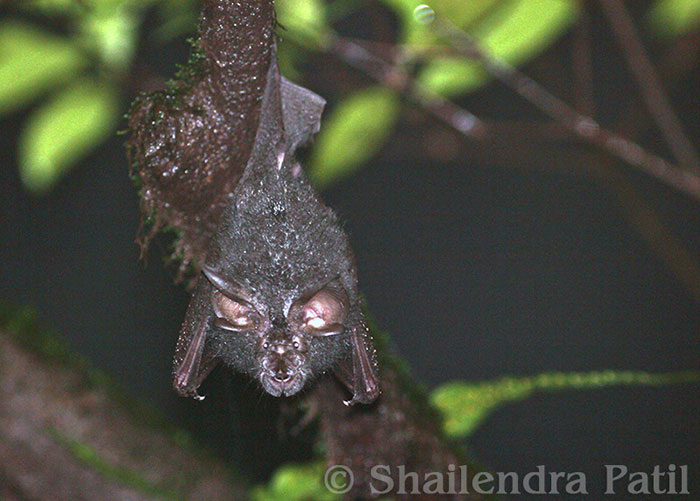Even if the current events that have shaken our lives lately have made you think otherwise, bats are really amazing animals. First of all, they are the only mammals that can fly and they are exceptional at it! Also, one-quarter of all mammals are bats. There are over 1,300 species of them, so you can only imagine how many of them are residing on the earth. And if you think that all those creatures are up to no good, you couldn't be more wrong. In fact, many of them make our planet a bit better for everyone to live on. For instance, bats are excellent pest exterminators. Thanks to their habit of snacking on various insects, they help farmers reduce pesticide use. Scientists have estimated that bats in the United States save somewhere between $3.7 and 54 billion in pest control services every year. Fewer pesticides mean less environmental pollution and more food produced for us.
If that's not enough to make you appreciate bats, there's more. Many of the bats out there eat nectar and by doing so, they pollinate plants. As it turns out, they pollinate over 700 plants and we use a lot of those for medicine and food. Furthermore, fruit bats are also responsible for seed dispersal, which helps to regrow forests. Researchers estimated that one square meter of the rainforest floor on average may contain 12-80 bat-dispersed seeds each year. Let's not forget that scientists have studied the chemical from vampire bats' saliva and used it to develop medicine that helps humans who suffer from blood clots and strokes.
Another impressive fact about bats is that these flying mammals can lead long lives. One of the reasons why is because they are able to tolerate viruses, but they carry a lot of them. Bats have been considered patient zero of many viruses affecting humans, such as Ebola, rabies, and the SARS-CoV-2 strain of the virus which causes COVID-19. Although it's easy to think that we've found the culprit of all our misery caused by the pandemic, bats aren't really to blame. According to the epidemiologist and bat researcher Sarah H. Olsen, we can only blame ourselves. "The bats themselves are not to blame for COVID-19. Viruses circulating in undisturbed wild bats pose no threat to human health. The cause of this spillover is related to human behaviors and activities that breach natural boundaries," the scientist said.
While it still remains unclear how the virus began to spread, we know one thing—it didn't happen without human intervention. According to scientists, disturbing animal habitats is usually what causes the transfer of zoonotic diseases (those passed from animals to humans). Increasing contact with wildlife may lead to even more deadly zoonotic diseases. So, as long as we stay away, bats pose no threat to humans.
However, if the risk of deadly viruses is not enough to make us leave them alone, there's another one. Some of these mammals are creepy as hell. From haunting vampire bats to odd-looking horseshoe bats, these animals are set to spook even the bravest ones. If you're ready to get to know the not-so-cute species of bats, scroll down below for the list!
This post may include affiliate links.
Buettikofer's Epauletted Fruit Bat
Despite what it looks like, this is a bat, not a dog. So no pets for this good boy! Buettikofer's epauletted fruit bat is a species of megabats that can be found in Ivory Coast, Ghana, Guinea, Guinea-Bissau, Liberia, Nigeria, Senegal, and Sierra Leone.
Honduran White Bat
These little balls of fluff are called Honduran white bats. They can be found in the lowland rainforests of eastern Honduras, northern Nicaragua, eastern Costa Rica, and western Panama. Honduran white bats have a thin black membrane on top of their skull that is believed to serve as protection from ultraviolet radiation—just like sunscreen.
Pied Bats
The species of pied bats or badger bats resembles a bee; some even compare it to a panda. These little cuties are not only rare, but also truly unique. "Its cranial characters, its wing characters, its size, the ears—literally everything you look at doesn't fit. It's so unique that we need to create a new genus," said one of the species' discoverers DeeAnn Reeder.
Giant Golden-Crowned Flying Fox
While this bat may very cute and may not entirely belong on this list, however, there's something peculiar about it. It is huge. And we are talking close to the human baby-sized kind of huge. Flying foxes have a wingspan of 5 feet (1.5 meters) and their bodies are 11 to 13 in (27 to 32 cm) in length. They are native to Indonesia, Malaysia, China, Myanmar, the Philippines, Singapore, Vietnam, Timor-Leste, and Thailand. The viral one in the picture was captured in the Philippines.
if i see one hanging upside-down from the roof of my balcony and faint, is it still considered harmless?
Hammer-Headed Bat
Contrary to what their appearance may suggest, hammer-headed bats are completely harmless. They inhabit equatorial Africa and feed on fruits. In case you're wondering what is up with their faces, they have large resonating chambers that produce vocalizations to attract females, which means that only males look like this.
Yellow-Winged Bat
While we tend to think of bats as dark-colored animals, this false vampire bat proves us wrong. The yellow-winged bat can be found in the moist lowland forests and moist savannas of Africa. It feeds on various insects.
Spotted Bat
The spotted bat gets its name from three distinctive white spots on its black back. It has probably the largest ears of any bat species in North America, which are around 4cm long.
Little White-Shouldered Bat
Despite how unsettling it looks, the little white-shouldered bat is a completely harmless creature that feeds on fruit and forages from the forest floor to the canopy. They can be found in South and Central America.
Rafinesque's Big-Eared Bat
This odd little cutie is called Rafinesque's big-eared bat. These bats with rabbit-like ears can be found throughout most of the south-central and southeastern United States. They prefer to eat various insects and live lengthy lives. The longest recorded lifespan of a Rafinesque's big-eared bat was ten years and one month old.
Chapin's Free-Tailed Bat
This mohawk-rocking bat is called Chapin's free-tailed bat. Its most distinctive feature is a crest of hair on top of its head, which is especially well-developed in breeding males and helps to disperse scent from a gland at its base. These bats inhabit central and southern Africa.
Eastern Tube-Nosed Bat
This little fella may not be the prettiest, but he's definitely a little cute. Just look at those tiny toothsies! Native to Australia, this eastern tube-nosed bat feeds solely on fruit.
Desert Long-Eared Bat
This fluffy nightmare fuel is called the desert long-eared bat and can be found in North Africa and the Middle East. These badass bats are known to enjoy eating scorpions, including the highly venomous Palestine yellow scorpion.
Wrinkle-Lipped Free-Tailed Bat
This smug-looking fella has a lot to be proud of. Scientists believe that this insectivorous bat potentially acts as a biological pest control agent. It is found in Bangladesh, Bhutan, Cambodia, China, Cocos (Keeling) Islands, India, Indonesia, Laos, Malaysia, Myanmar, Nepal, the Philippines, Sri Lanka, Thailand, and Vietnam.
Hairless Bat
As it turns out, not all bats are furry. Take, for instance, this hairless bat that resides in Southeast Asia and Oceania.
Pendlebury's Roundleaf Bat
Pendlebury's roundleaf bat is a large bat with dark brown fur. It can be easily recognized by a muzzle that has 4 lateral leaflets. It is estimated that there are only 4,700 bats in its population.
It looks like someone had leftover pieces after assembly, and just stuck them all to his nose.
Bulldog Bats
Bulldog bats look surprisingly similar to... bulldogs. Their full lips and flat, squarish muzzle will certainly remind you of these canines.
Visored Bat
The visored bat is named for the "visor" on its forehead, which is completely unique to this species. These nocturnal and rare bats, with only a few specimens collected, come from South America.
Common Vampire Bat
This cute-looking bloodsucker is called a common vampire bat. Luckily common, in this case, don't mean "widespread" and these bats can only be found in some parts of Mexico, Central America, and South America. However, their name does suggest their feeding habits. These leaf-nosed bats do enjoy mammalian blood, particularly that of livestock. While they do not pose a real threat to humans, one should be advised to not handle them or visit where common vampire bats live.
White-Throated Round-Eared Bat
The white-throated round-eared bat can be found in South and Central America. It feeds on both insects and fruit.
Little Yellow-Shouldered Bats
These medium-sized yellow-shouldered bats are natives to North and South America. They prefer to eat fruits and play an important role in the dispersal of seeds of tropical plants and pollinating flowering plants.
White-Winged Vampire Bat
This member of the vampire bat species can be found in South America and in some areas of North America. While their preferred prey source is birds, these bats also prey on other mammals like goats, cattle, pigs, and chickens. They detect prey with heat sensors located in their faces.
Pygmy Round-Eared Bat
The pygmy bat, which is native to South and Central America, is an insectivorous bat that may sometimes consume fruit. This relatively common bat is classified as a least concern species by the IUCN.
Rufous Horseshoe Bat
This bat with bright-colored fur and a leaf-shaped face can be found in China, India, Myanmar, Nepal, Sri Lanka, and Vietnam.
Ghost-Faced Bat
Ghost-faced bats are not the most fun to look at. Honestly, it's hard to even fathom what's going on with that little face. Yet, they are still cute-looking creatures. These bats can be found inhabiting areas of southern New Mexico, Texas, Arizona, Mexico, and Central America.
Greater False Vampire Bat
The greater false vampire bat is a determined carnivore. It can capture prey from both ground and water, hunts from dusk till dawn, and can travel up to 4 kilometers. They prefer to feast on small birds, reptiles, fish, and large insects, and even other bats.
Big-Eared Woolly Bat
Big-eared woolly bats are considered large, ranging from 100 to 112 mm in size. These industrious animals are known to help disperse seeds and keep insect populations under control, lowering the need for insecticide.
Ghost Bat
Unsurprisingly, ghost bats, also known as “false vampire bats,” can only be found in Australia. No matter how spooky they look, they are harmless—but only to humans. This species preys on large vertebrates, such as birds, reptiles, and other mammals. Ghost bats take their prey off the ground by enveloping it with their wings and killing with bites to the neck.
these look like gargoyles... but medieval stoneworkers couldn't have known about them!
Smaller Horseshoe Bat
This peculiar creature is called a smaller horseshoe bat and can be encountered in Australia and Papua New Guinea. Horseshoe bats weigh around 7 to 13 grams and are only 44–53 millimeters in length.
Jamaican Fruit Bat
The Jamaican fruit bat can be found in Mexico, through Central America to northwestern South America, as well as the Greater and many of the Lesser Antilles. This medium-sized bat has a length of 78–89 mm and no tail.
Lesser Mouse-Tailed Bat
Nope, still unconvinced that bats aren't cute. Especially not when the first one on the list, the Honduran white bat also just so happens to be one of the cutest.
It's not the looks but the character what matters. The article said that bats are virtually harmless. Remember, they do not plunder and destroy the environment.
Load More Replies...Bats recently moved into our neighborhood for the first time in years, and i was very exited to see this post! The bat species is probably the little brown bat.
i think bats are adorable, of course i also like opossums and most people don't like them either
Nope, still unconvinced that bats aren't cute. Especially not when the first one on the list, the Honduran white bat also just so happens to be one of the cutest.
It's not the looks but the character what matters. The article said that bats are virtually harmless. Remember, they do not plunder and destroy the environment.
Load More Replies...Bats recently moved into our neighborhood for the first time in years, and i was very exited to see this post! The bat species is probably the little brown bat.
i think bats are adorable, of course i also like opossums and most people don't like them either

 Dark Mode
Dark Mode 

 No fees, cancel anytime
No fees, cancel anytime 






